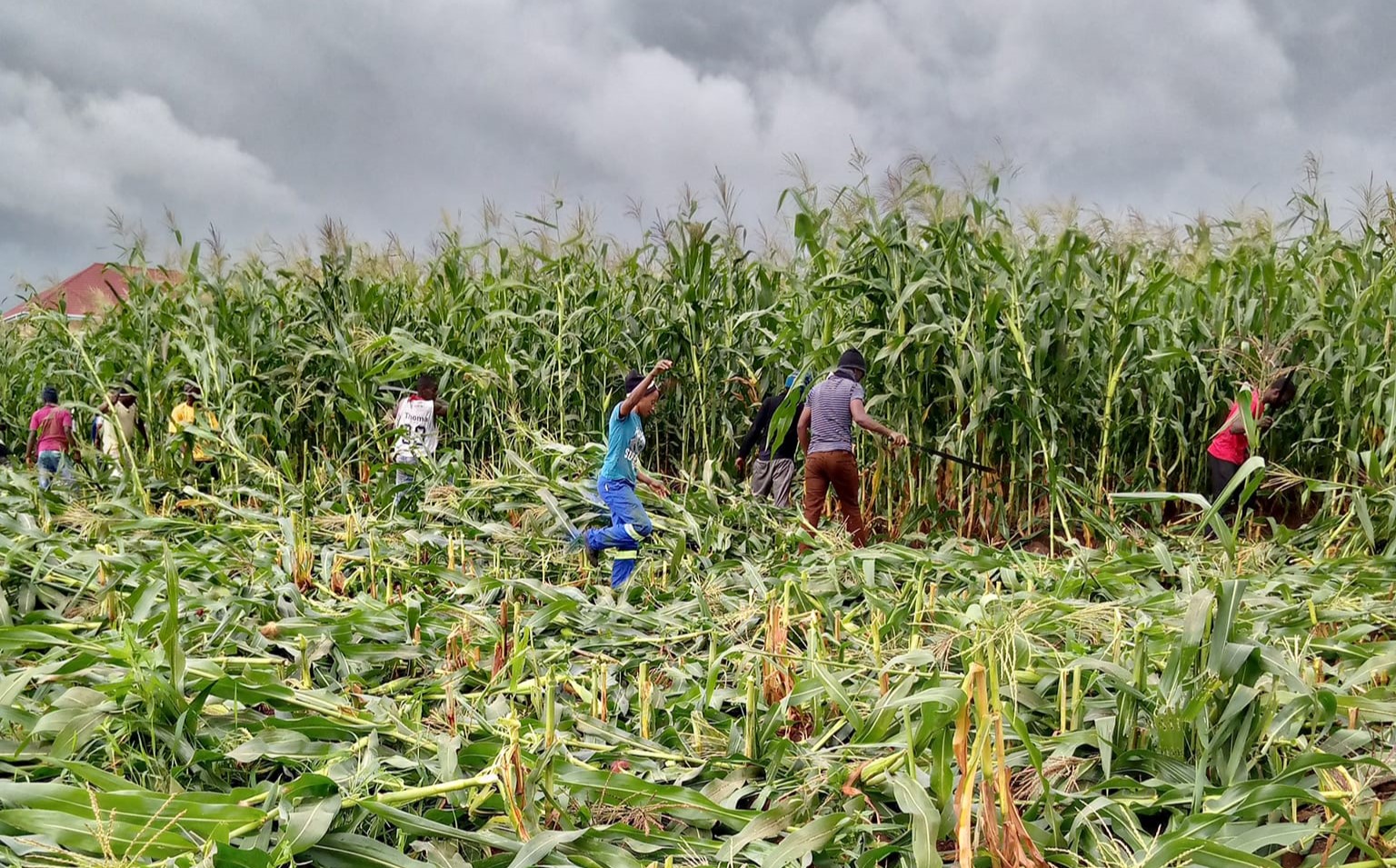Investment-oriented budget a brilliant plan, but more is needed
On Wednesday, the Economist Intelligence Unit (EIU) revised the country’s economic growth projection for 2019 to 4.9 percent. The revision is 10 basis points lower than Treasury’s initial forecast of 5 percent.
Nico Asset Managers said in its Monthly Economic Report for July 2019 that the unit revised Malawi’s growth projection after Cyclone Idai caused production losses worth approximately $9.96 million (about 7.3 billion) or 0.13 percent of gross domestic product (GDP).
The asset management agency also cast doubt on the capacity on the Reserve Bank of Malawi’s capacity to contain inflation in single digits amid concerns that maize prices are expected to push food inflation upwards if no measures are introduced to check the prevailing rising prices.
If the statistics in the Monthly Economic Report are anything to go by, it shows that the country is failing in two of the three top economic indicators. The failure to grow the economy is worrisome, considering that the economy is ideally supposed to grow by at least seven percent every to have any meaningful impact on reducing poverty levels in the country.
The Ministry of Finance, Economic Planning and Development have their work cut out for them if they are to stabilise the economy, let alone stimulate growth to reduce the shocking poverty levels in the country and uplift the lives of the 80 percent who live below the poverty line.
It has to be noted that all these dire statistics are mere symptoms of deeper economic malaise. The rise in inflation and reduction in economic growth are a manifestation of a bigger economic problem; our economy’s vulnerability to weather-related shocks.
The only way to ensure long-term economic stability is to enhance its resilience to economic shocks in the short and medium term, and push for more diversification in the long-term. This is what Capitol Hill should be working towards.
Earlier this week, Treasury announced that the 2019/0 financial budget will re-align 2019/20 national budget to be more oriented towards promoting investment, a marked shift from the previous budgets which, according to Capitol Hill, were more focused on promoting consumption.
Come October 1, all eyes will be on Treasury’s investment-oriented proposal for the 2019/20 financial budget. There will be a lot of scrutiny on the so-called investment-oriented budget and whether it has the right policy-orientation to stimulate economic growth, contain inflation and create jobs.
As it stands now, Treasury is reportedly in discussions with the ministries, departments and agencies (MDAs) to plan their financial allocations in line with existing plans and priorities. Word has it that the Farm Input Subsidy (Fisp) is one of the items in the budget that is set for re-alignment.
Kudos to the Ministry of Agriculture, Irrigation and Water Development for realising that the Fisp is an apparent white elephant that has failed to justify its hefty financial allocations and needs to be transitioned out of the national budget.
In the 2016/17 Budget, Fisp was allocated K33.1 billion from K198.5 billion while in 2015/16 Budget, Fisp was allocated K40 billion from K133.7 billion agriculture budget. Its anyone’s guess how much of that was recovered.
Government should be commended for its proposal to re-align funding to the agriculture sector towards the five-year $3.2 billion National Agriculture Investment Plan (Naip) to revamp the ailing sector, which after 55 years of independence, is still the mainstay of our economy.
Ideally, the funds would be used to provide a framework to coordinate and prioritise investments by various government agencies, development partners and non-State actors in the agriculture sector.
In turn, this new found framework could be used to complement efforts by the Malawi Agricultural and Industrial Investment Corporation (Maicc) to create a resource pool which would be used to finance promising enterprises in business, agriculture and industry.
Of course, the investment in the agriculture sector and the ecosystem it supports are only the starting point. The projected slump in economic growth has been driven by productions losses in the construction, transport, accommodation and food services sector. All these will need attention.
Government will need to prioritise which of these sectors can ensure optimal return on investment in both the short and long terms. At face value, investing in the construction industry, especially urban housing, could stimulate the economy in the short-term without risking a downturn in the long-term.
The high demand for houses, hostels and office space in Malawi’s three major cities presents a ready-market for investors and entrepreneurs to profit from.
Government already has the Malawi Housing Corporation (MHC) in that sector. With the right investment, coupled with improved procurement and financial management frameworks, MHC could be revitalised into the construction powerhouse it was in the Kamuzu-era.
The opportunities for economic stabilisation are there. It all depends on how government invests and checks its expenditure in the national budgets from here on out.



